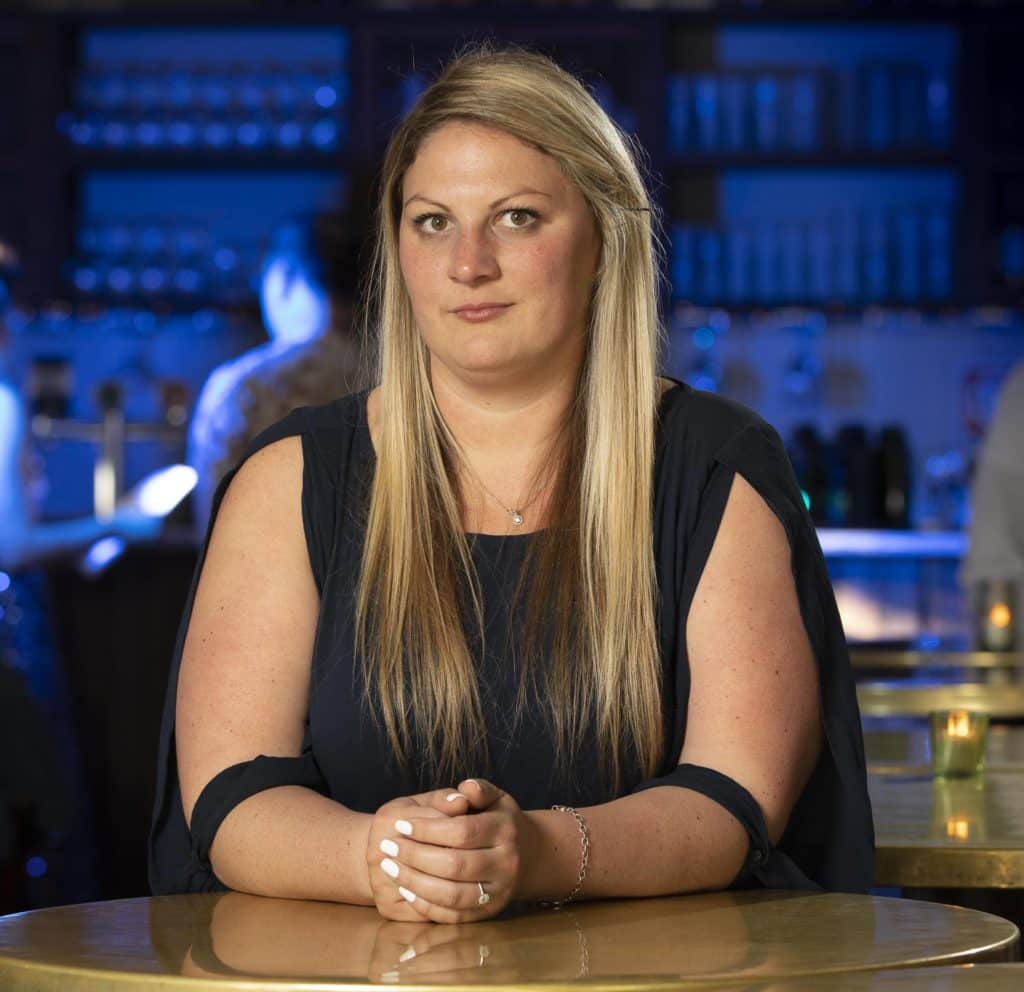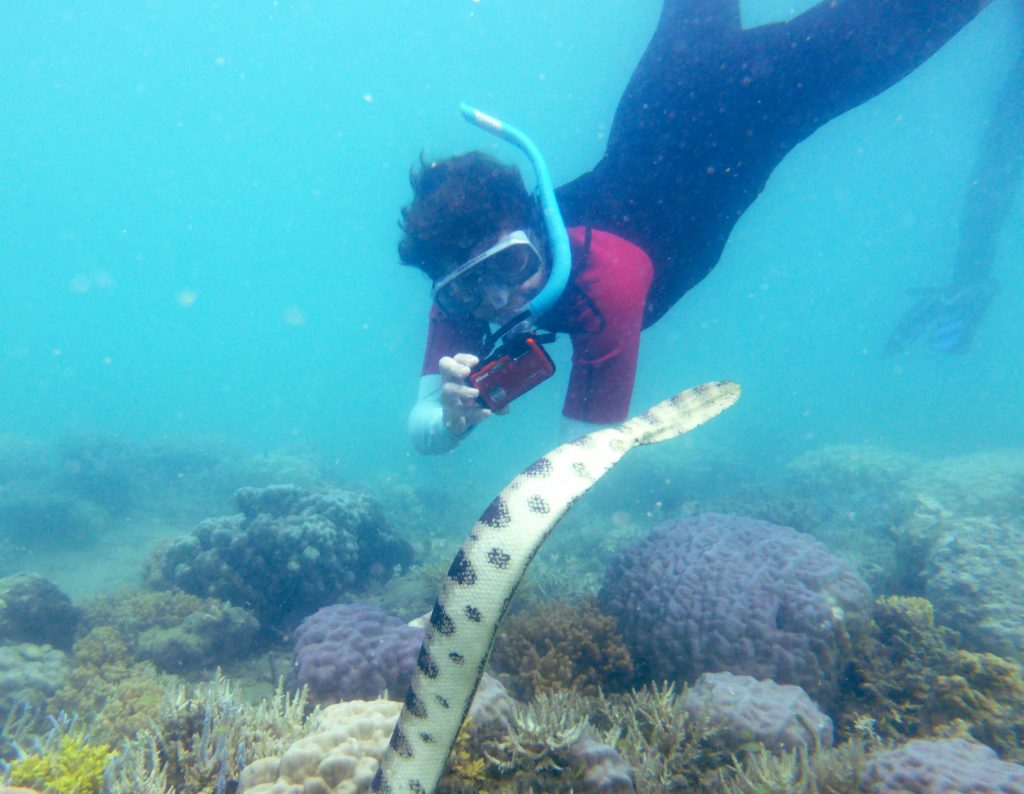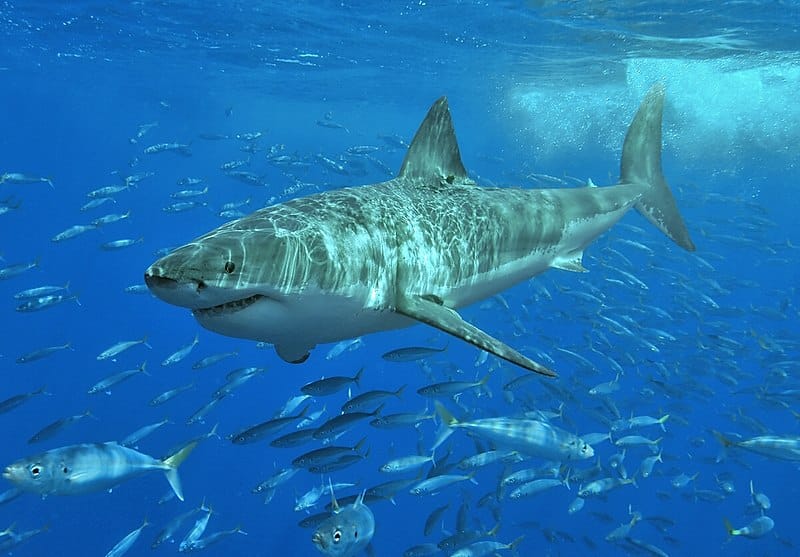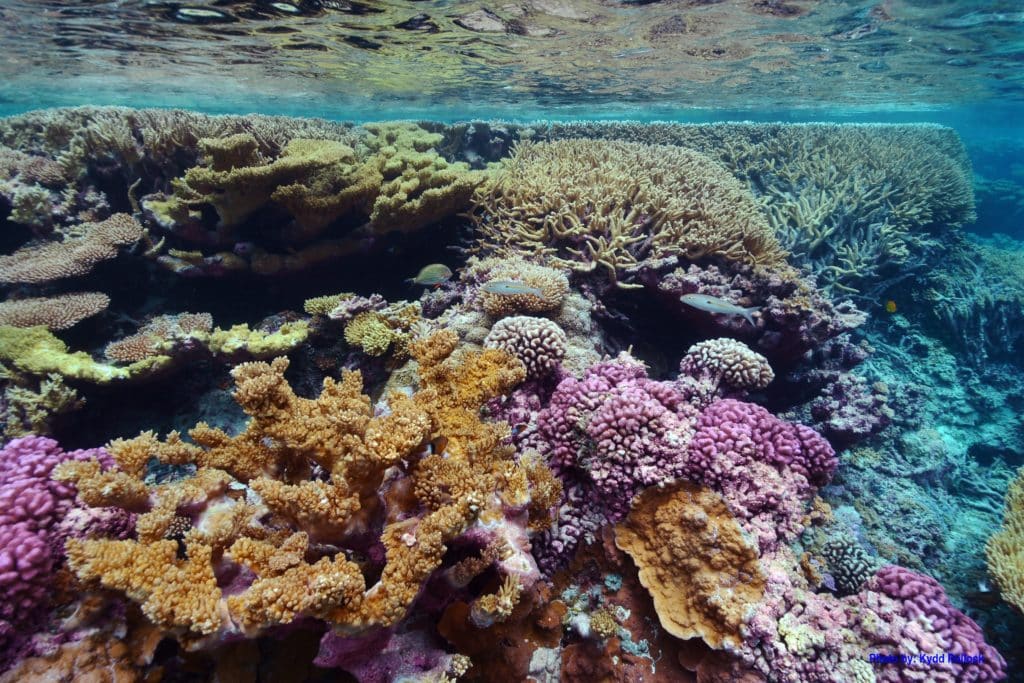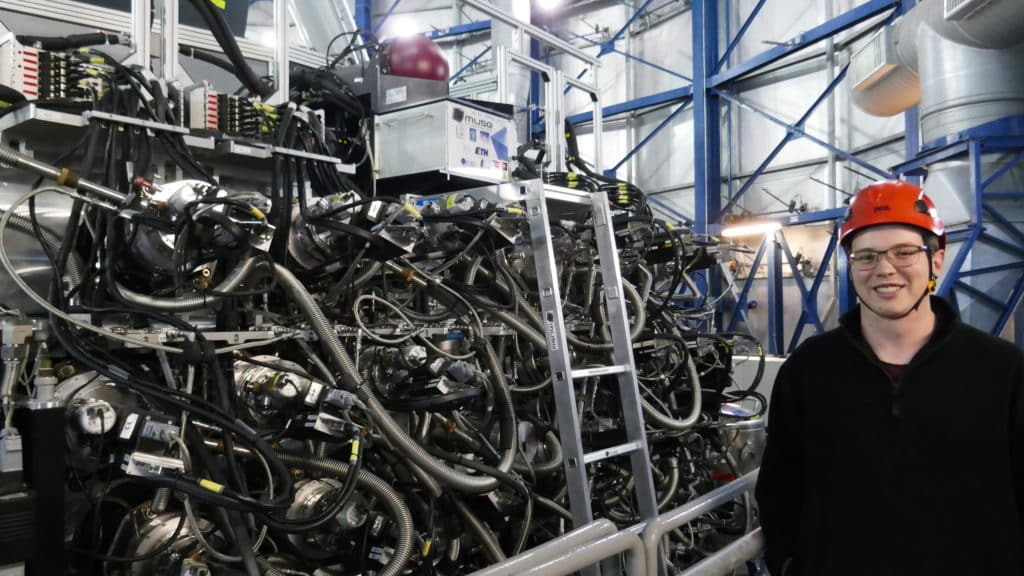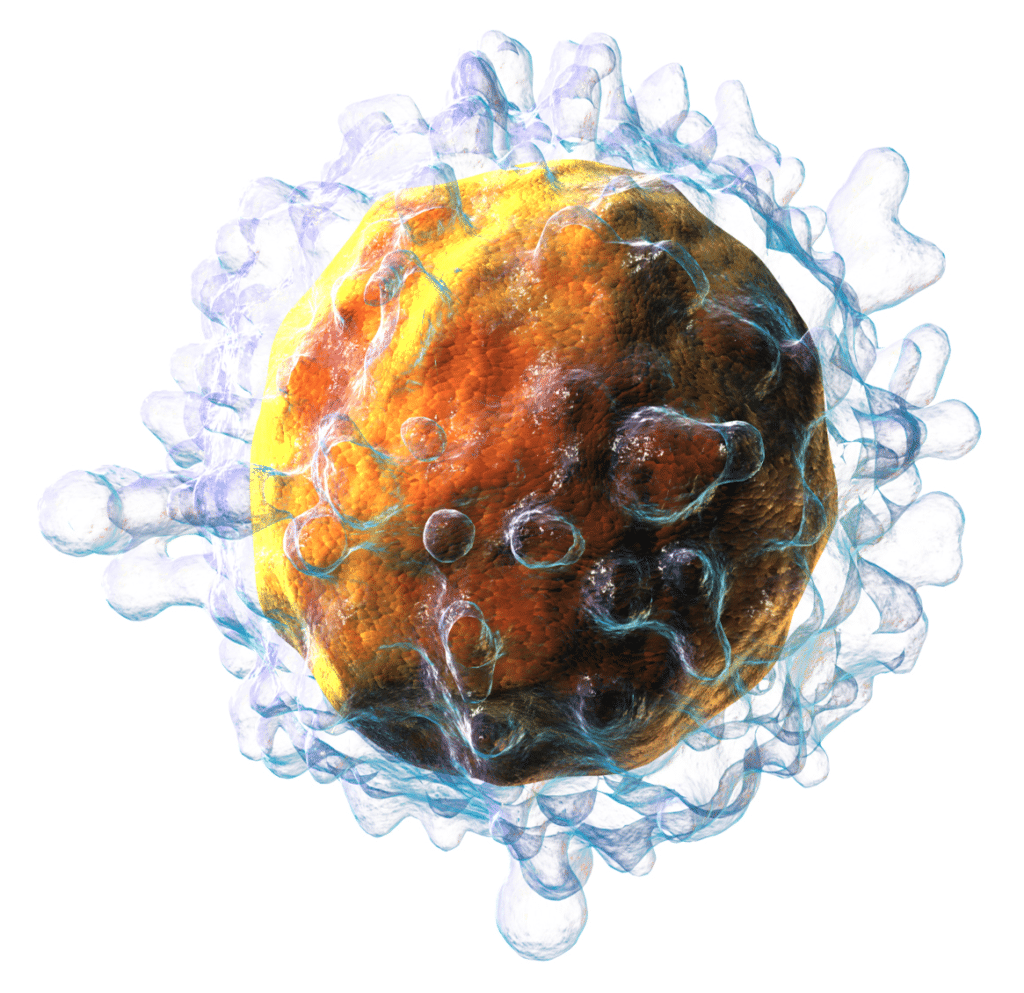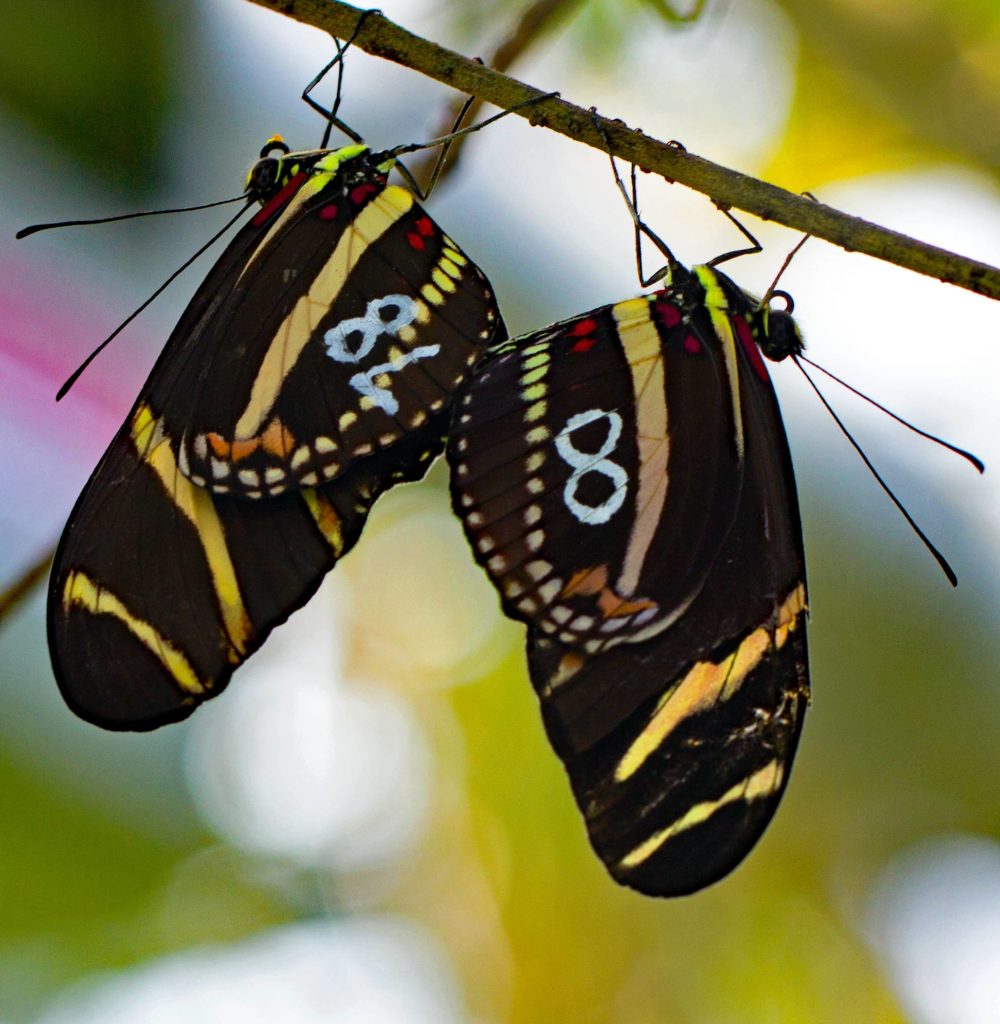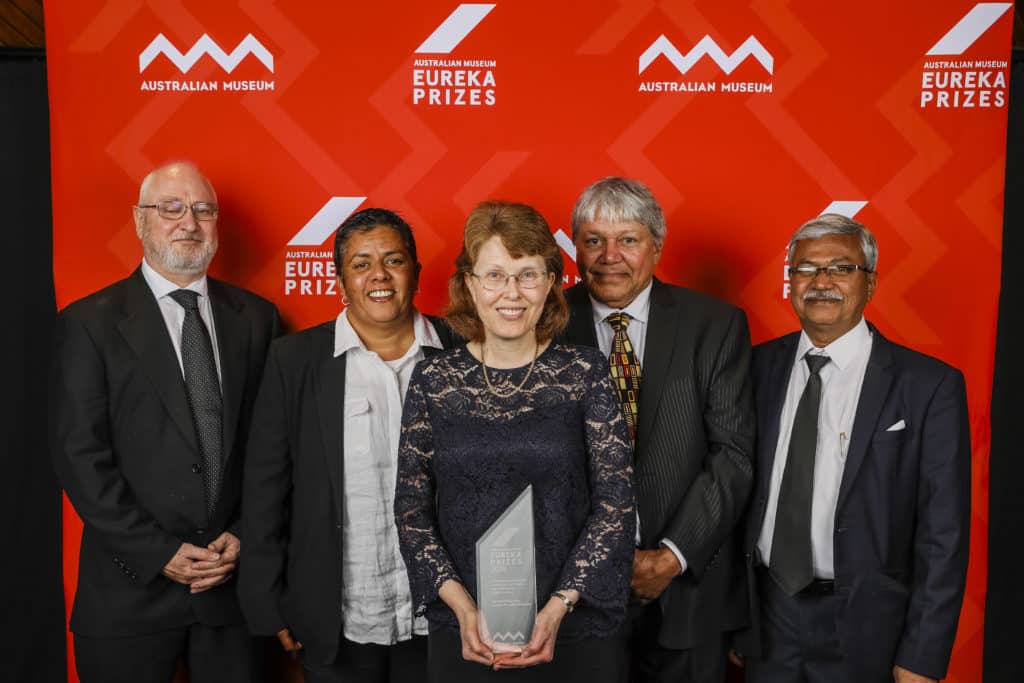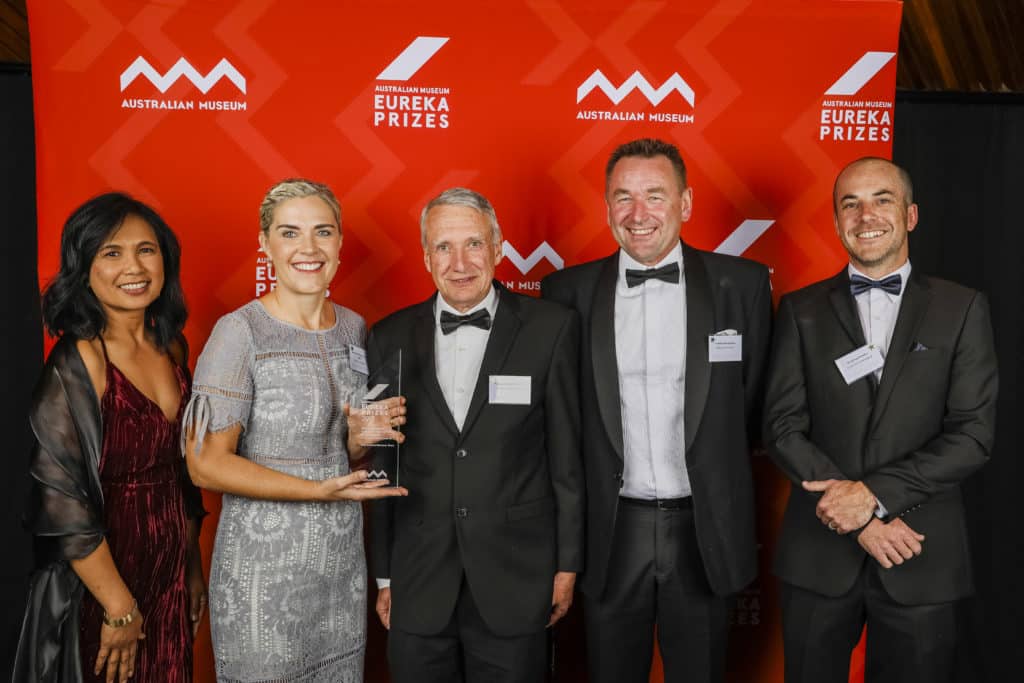Image credit: Pixabay
Maths model helps rangers protect national parks, despite tight budgets.
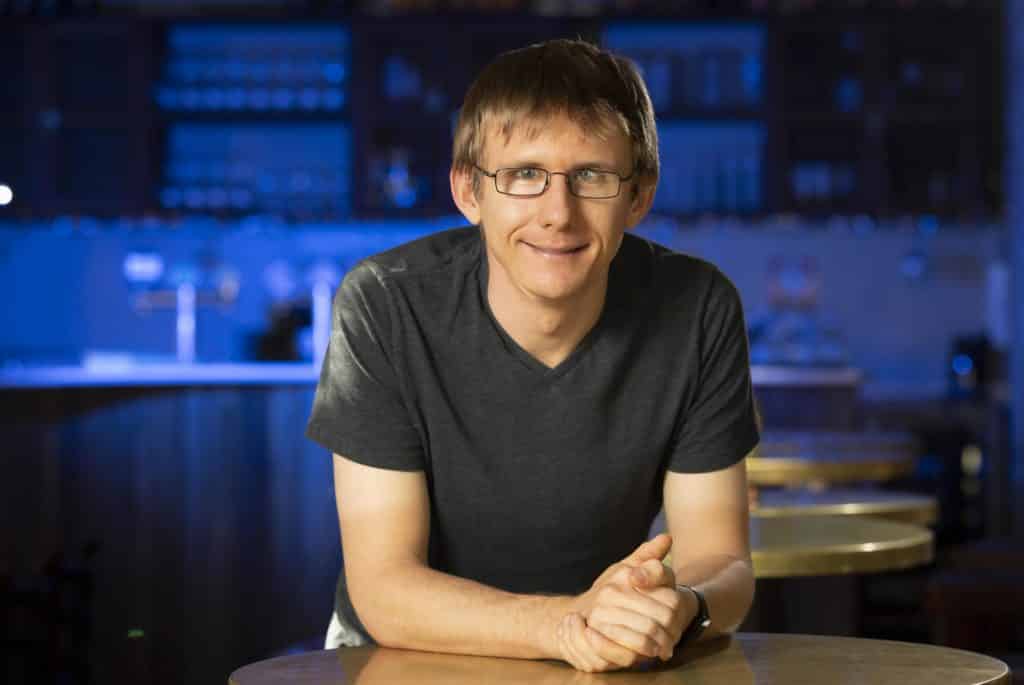
Mathematics can help reduce poaching and illegal logging in national parks, researchers have found.
A team of applied mathematicians including Macquarie University’s David Arnold has developed an algorithm that predicts which areas inside park boundaries offer the greatest possibilities for criminals – and how rangers can most efficiently combat them.
Continue reading Stopping poaching by the numbers


